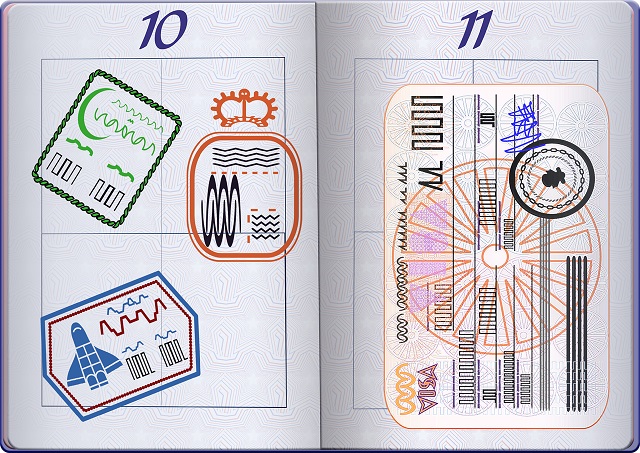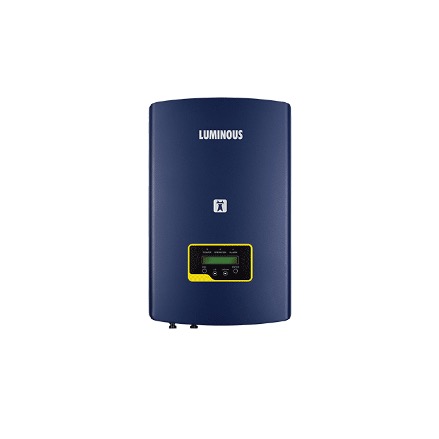I’m going to talk about the experiences of many clients who applied successfully under this route. An E2 visa route is a great option for some, but not everyone. But your position at the end of the process isn’t secure in the way it would be if you applied under EB5.
Perviliages for E2 Visa Holders
Under the e2 visa, you can get a secure residence, and getting a green card is conditional, so if you are looking for a green card with the help of an E2 visa that may not be possible. Whereas, people have been living in the US for 25 years or more on the basis of E2 visas. It’s simply renewable every five years now. The example I’m going to give is about a client who applied successfully for an E2 visa for his business. Several employees are now over in the US following the visa process.
Investment limitation in the Business for E2
The level of the investment was relatively modest. It was around the $100,000 mark. And one of the key things to remember is that this is an active route. You must take managerial decisions about the business’s running, and you’ve got to be a majority shareholder. It requires 51% of share in the business. It’s not like the EB5 route, which, if you invest in a regional center and invest in the right project, can be an entirely passive endeavor in which you are not actively managing the business.
Stages of E2 visa application
Stage one is incorporating your company in the US.
Second stage is to set up a bank account in the US.
Third stage would be securing a lease.
You would then, at stage four, transfer the funds into your business account.
Fifth stage is about securing the regulatory approvals you need.
Stage six relates to the entry into contracts with clients in the name of the US entity. The purpose of this is to confirm that it is a real and operating commercial entity. The business must be more than a marginal enterprise.
Stage seven is that you apply and get a date for an interview. A nominated person from your company will go for the submission of the application form.
Stage eight is the application is granted.
Stage nine is you apply as an E2 to treat investors.
Now what this route gets you is a temporary residence for five years and, as I say, renewable for five-year terms after that.
So to use my client’s experience, he made a recent application that was granted based on a successful recruitment company based outside of the UK. He had already set up the US Inc business, set up a bank account, secured a lease, and transferred funds to the bank account. He’d secured regulatory approvals for the business, and it entered into contracts with clients. So when you applied, this was a real and operating commercial entity, and it was more than a marginal enterprise.
Format of Application for E2 Business Plan
As you followed all nine stages for getting an e2 visa, it is important that you should be aware of the right format of application for the e2 business plan. The application should follow the guidelines and rules of granting e2 visa authorities USCSI.
The e2 business plan application must be complete in all aspects of a legal language without any grammatical mistakes. Everything in the application must be clear, specific, and true. The important thing to remember is that the application should reflect that the stated business plan for an e2 visa is real and in a working position.
The downsides of the E2 route
As opposed to the EB5 routes, it’s the passive one where you can invest 500,000 is. You need to effectively invest first to try to put your money in escrow and then make your application. But many applications for E2 to investors that take that approach ultimately fail if you make everything contingent on the application succeeding and explain that your funds are in escrow pending the granting of the application,
It can be difficult to show that your business is a real and operating commercial entity and more than a marginal enterprise. In contrast, if those funds have already been invested, it can give the business a degree of commercial reality.






